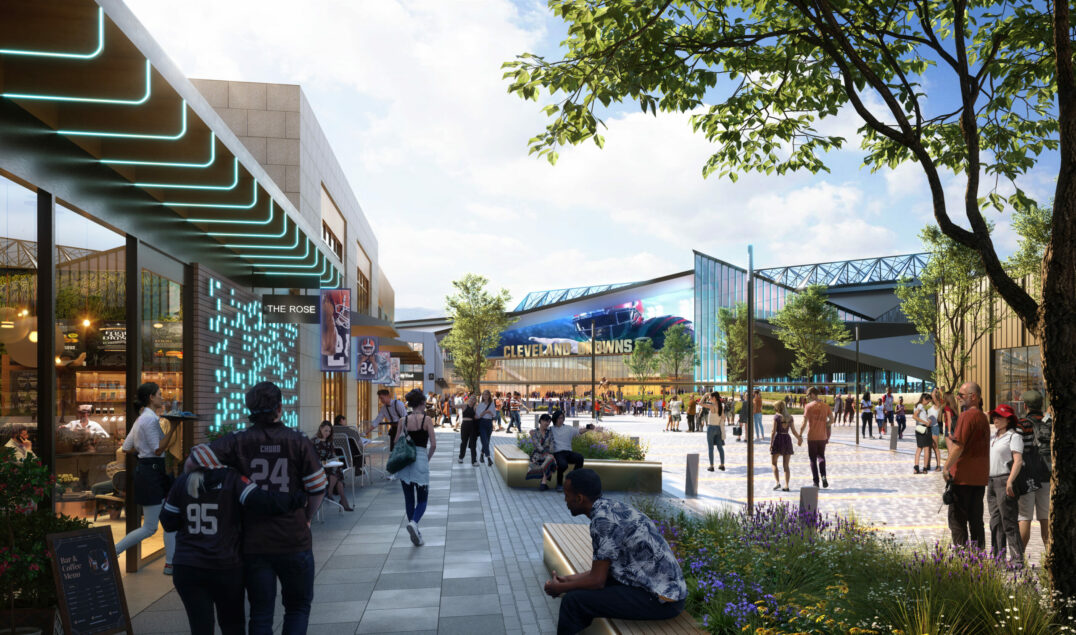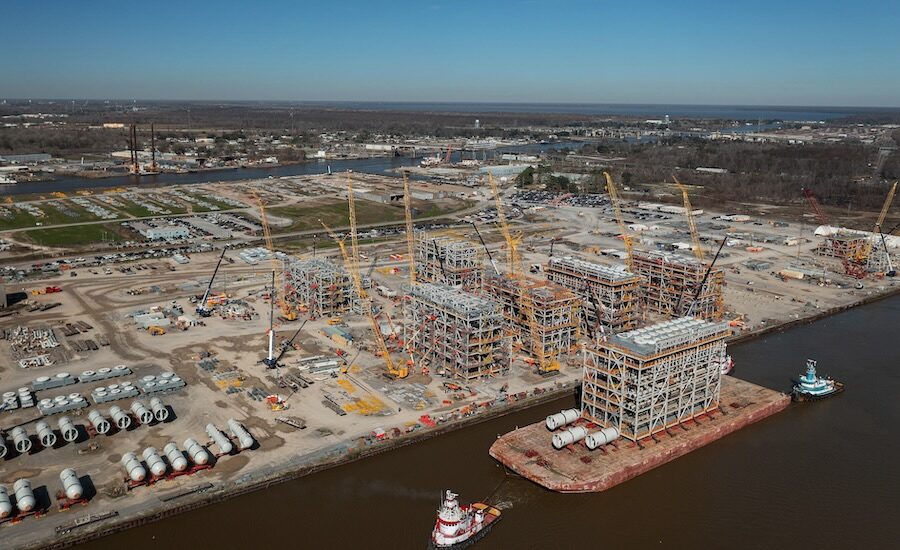
Orlando-Area Projects Push Ahead Despite Headwinds

Kathy Leo
Vice President & Business Sector Leader
GAI Consultants
Despite potential economic headwinds, Leo is bullish on Orlando. “There’s always something happening in Orlando,” she says. “With COVID, there was a bit of a blip, but things kept rolling. Since the election, people have been trying to figure out the norms, but projects keep getting financed. Programs are still rolling. There are cranes all over the town. There are new theme parks opening. If you go to the Orlando airport, it’s as busy as it’s ever been. The barometer feels good.”
Leo notes that Central Florida remains among the fastest-growing regions in the U.S., with Osceola County ranking in the top 10 nationally, according to the U.S. Census Bureau. With that comes housing shortages and increased traffic. Given the demand, she says the outlook for continued investment and growth appears good despite some market uncertainty.
“The Florida economy is expected to outperform the national economy again in 2025,” she adds.
Among the initiatives to provide congestion relief, the Florida Dept. of Transportation’s Moving I-4 Forward initiative is beginning work to add new lanes to Interstate 4 in Osceola and Polk counties. This year, the agency is advancing construction of two new congestion relief lanes that will be located on the inside of the existing I-4 main line. The two segments—one 4.1 miles long and the other 3.4 miles long, are scheduled to complete by the end of 2025.
In rail, the “Sunshine Corridor Study is finally taking shape to connect SunRail, Brightline, MCO and the tourist corridor,” Leo says. Recently, Orange County leaders voted unanimously to contribute $500,000 to the $6-million study, equaling contributions from Seminole, Osceola and Orange counties and the city of Orlando. The Sunshine Corridor aims to extend the SunRail route from Orlando International Airport to the Orange County Convention Center. The study could unlock federal funding for projects. FDOT agreed to contribute $2 million toward the study. The study is scheduled to complete in 2027.
Demand for housing continues to be a driving force in the market, but affordability is a major issue. Still, Leo says developers, including national ones, are finding ways to make housing and related development happen. “Residential development continues to go further out to find more affordable products,” Leo says.
Added population is also driving health care needs. “Health care remains a very important economic and service activity,” she says. “Hospital systems are investing aggressively to keep up with continued growth and geographic expansion.”
Last year, Advent Health started work on a 10-story, $423-million hospital facility. Located in Orlando’s Nona community, it is slated for completion in 2026. Also last year, Orlando Health broke ground on its new $160-million Children’s Pavilion. The 189,000-sq-ft facility will consolidate 30 pediatric specialty services.
“Hospital systems are investing aggressively to keep up with continued growth and geographic expansion.”
— Kathy Leo, VP and Business Sector Leader, GAI Consultants
Looking ahead, Leo says a new plan unveiled by Mayor Buddy Dyer could help “remake downtown as a regional social hub, adding more parks, more pedestrian-friendly spaces and redesigning key corridors.”
Dubbed the DTO Action Plan, the initiative calls for converting Magnolia Avenue from a one-way to two-way street with wide sidewalks and pedestrian-friendly amenities. Orange Avenue could also be transformed to a two-way street, with the goal of slowing down pass-through traffic, adding more curbside uses such as parking, pick-up and drop-off zones, outdoor dining areas and more. At Lake Lucerne, plans call for a signature park with jogging paths, a boardwalk and playgrounds. Church Street would be established as a gathering and festival space. The city also hopes “to transform downtown into an iconic park, highlighting the redesign of Lake Lucerne and the upcoming Canopy project, which will convert underutilized spaces into leisure destinations,” according to the city.
Leo sees several challenges facing design and construction firms in the area, including a shortage of talent and the ongoing impacts of construction costs on projects. Leo also says many developers are grappling with a new Florida stormwater management rule that requires new projects to reduce nutrient levels in stormwater discharge. Signed by Gov. Ron DeSantis last year, developers are pushing to comply by the end of this year. “It will have an added impact on projects,” she says.
Post a Comment
You must be logged in to post a comment.





